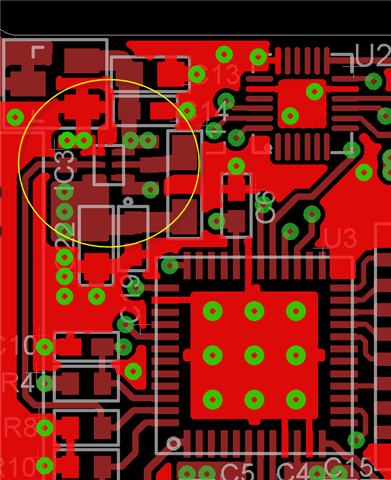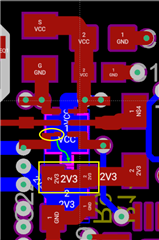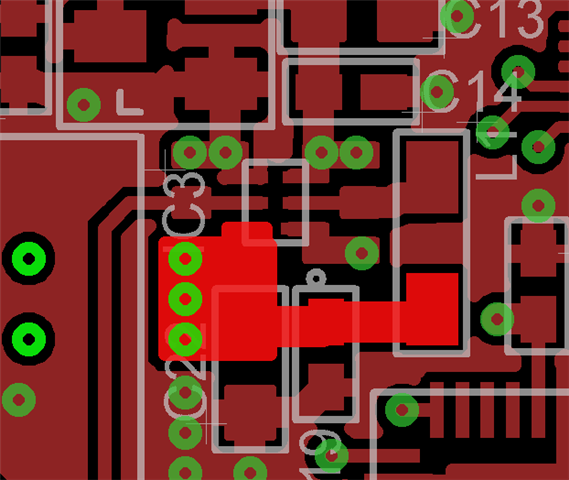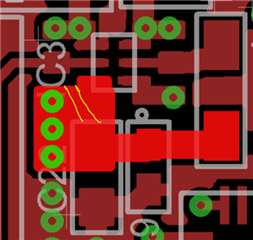Other Parts Discussed in Thread: TPS62730
The Docs always refer to 2 cell alkaline, not one. Can this work with a single?
Also, the TPS62733 came recommended, however, at 2.1V, the ADC on my MPU430 requires 2.2V min which is higher than this output... is the 100mv difference a problem? (Not high accuracy ADC application, only relative change is needed).
Meanwhile we did try the TPS62730 (2.3V output) and the output goes wild once battery starts to drop. The details on how this needs to be laid out are pretty lengthy. We'll get to that question later, assuming this will theoretically work.
Thanks or any tips! Also, we have a bypass resistor (short) on the backside. Would this short trace from In/Out cause problems? I can cut them and try again... still learning.
Can this be soldered? Wow it's small! My board supplier might have a problem here as well. (4PCB.com)









